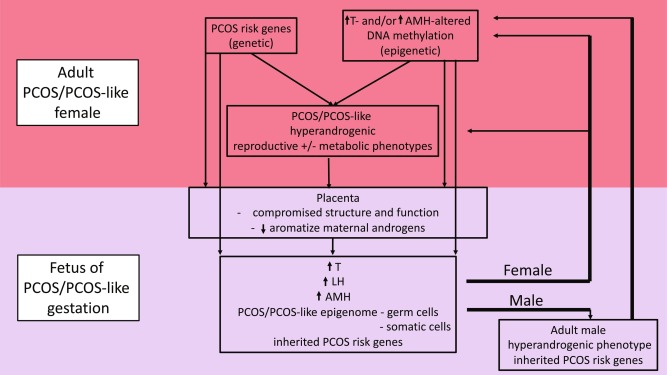Polycystic Ovary Syndrome, Challenging Issues in the Modern Era of Individualized Medicine, 2022, Pages 23-38
Polycystic Ovary Syndrome, Challenging Issues in the Modern Era of Individualized Medicine, 2022, Pages 187-216
Animal Behavior (Third Edition), 2022, Pages 531-573
Climate Change and Crop Stress, Molecules to Ecosystems, 2022, Pages 209-229
Mohammadreza Daneshvar, Behnam Mohammadi-Ivatloo, Kazem Zare, 'Chapter 9 - A case study in the hybrid energy network with 100 percent renewable energy resources and future directions', Editor(s): Mohammadreza Daneshvar, Behnam Mohammadi-Ivatloo, Kazem Zare, Emerging Transactive Energy Technology for Future Modern Energy Networks, Academic Press, 2023, Pages 135-149, ISBN 9780323911337
Modern Cartography Series, Volume 10, 2021, Pages 1-15
Modern Cartography Series, Volume 10, 2021, Pages 313-335
Bio-Economy and Agri-production Concepts and Evidence 2021, Pages 247-263
Mental Health in a Digital World
Global Mental Health in Practice
2022, Pages 459-479

